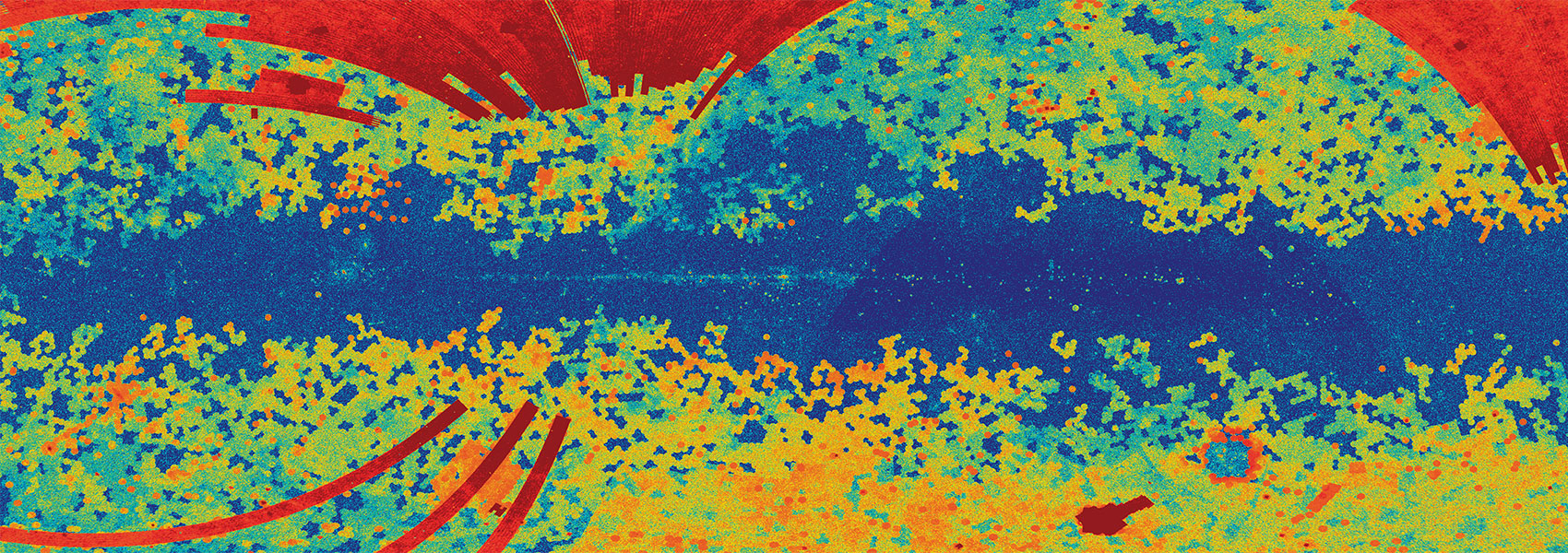September
2004
•
2004ApJS..154..103T
Authors
•
Teplitz, H. I.
•
Charmandaris, V.
•
Armus, L.
•
Appleton, P. N.
•
Houck, J. R.
•
Soifer, B. T.
•
Weedman, D.
•
Brandl, B. R.
•
van Cleve, J.
•
Grillmair, C.
•
Uchida, K. I.
Abstract
•
We present the first rest-frame ~4 μm detection of a Lyman break galaxy. The data were obtained using the 16 μm imaging capability of the Spitzer Infrared Spectrograph. The target object, J134026.44+634433.2, is an extremely luminous Lyman break galaxy at z=2.79, first identified in Sloan Digital Sky Survey (SDSS) spectra (as reported by Bentz et al.). The source is strongly detected with a flux of 0.94+/-0.02 mJy. Combining Spitzer and SDSS photometry with supporting ground-based J- and K-band data, we show that the spectral energy distribution is consistent with an actively star-forming galaxy. We also detect other objects in the Spitzer field of view, including a very red mid-infrared source. We find no evidence of a strong lens among the mid-infrared sources.
Based on observations obtained with the Spitzer Space Telescope, which is operated by JPL, California Institute of Technology, for the National Aeronautics and Space Administration.
The IRS is a collaborative venture between Cornell University and Ball Aerospace Corporation that was funded by NASA through JPL.
Links







